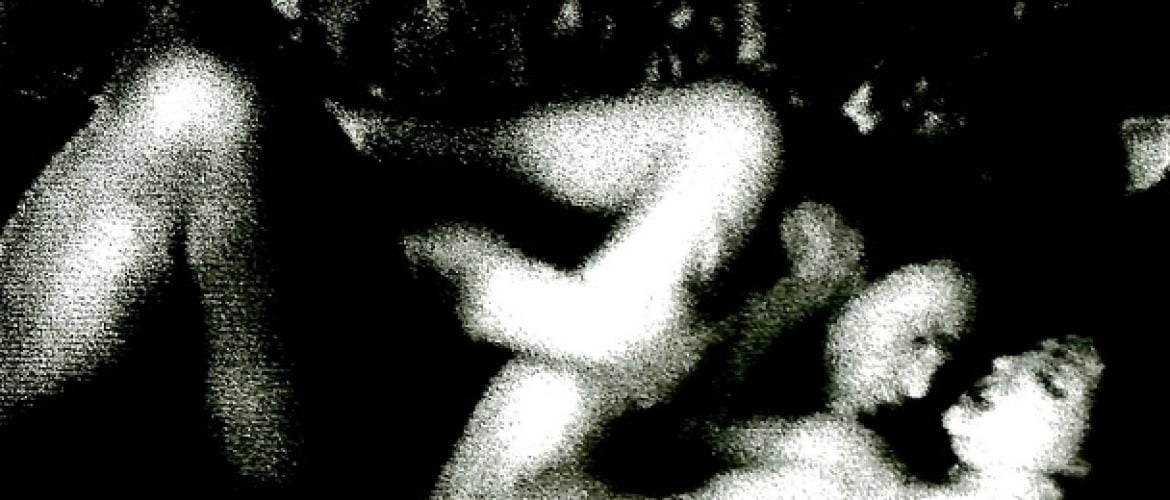
Beyond the Voracious Obscenity: The Dissolution of Bodies in Antoine D'Agata's Photographs
A photographer, filmmaker and writer, Antoine d’Agata was born in Marseilles in 1961. In 1983, he left France to travel the world in the following years. During his stay in New York, in 1991 and 1992, d’Agata became interested in photography and took courses at the International Center of Photography. In the same period, he worked as an intern in the editorial department at Magnum.
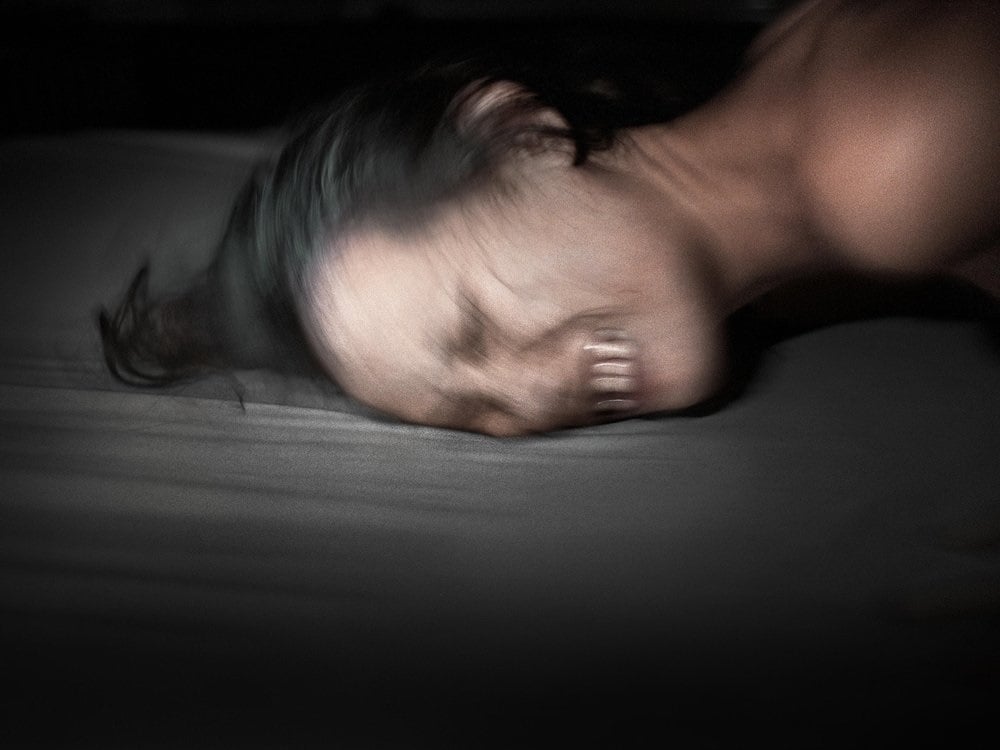
Fig.0.
Magnum Photos
Upon returning to France in 1993, he stayed disconnected from photography for four years. However, after this period, he went back to photographing and, in 2001, published his third book, Hometown, for which he won the Niépce Prize for young photographers. From then on, his continue to produce ceaselessly, with more than twenty published books, five films and several exhibitions around the world. In 2004, d’Agata joined Magnum Photos.
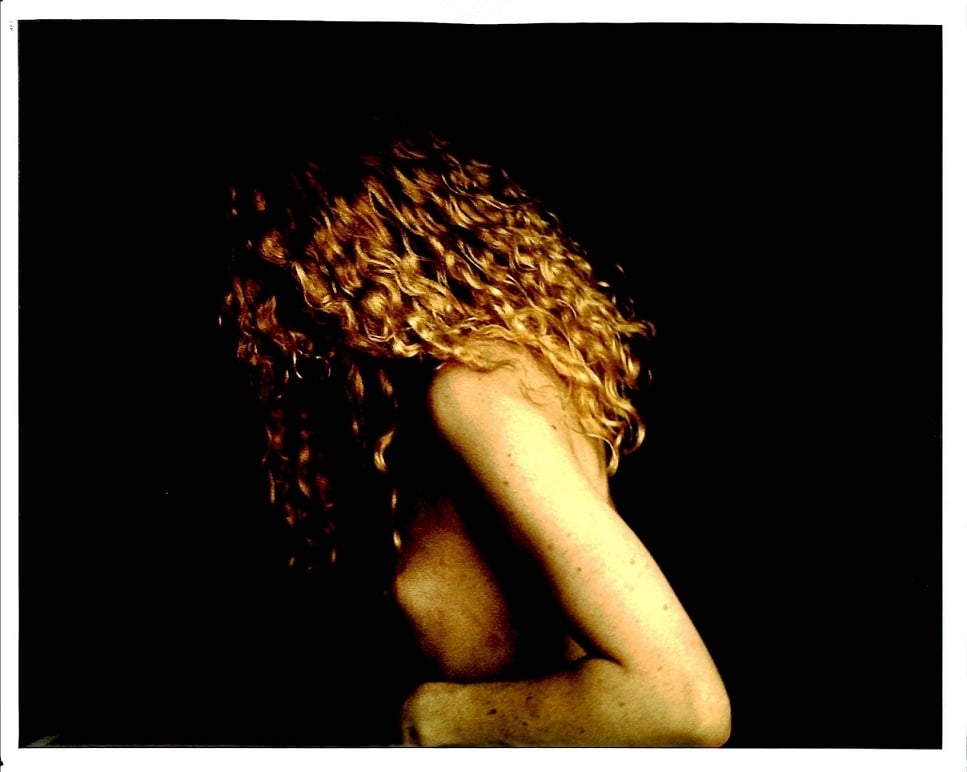
Fig.1.
Insatiable Hunger for Flesh
Antoine d’Agata’s photographs draw attention for the way the photographer immerses himself in territories considered marginal by society, such as brothels, drug user dens and even places for dumping corpses, using them as a kind of refuge, according to the artist himself: “as long as I have strength, I will continue to immerse myself in these lost worlds that are my refuge. The experience I have of this type of prolonged immersion allows me today to get rid of all romanticism. I get straight to the point. I no longer need a pretext or justification. I had a little glimpse of the very obscenity of an intellectual and poetic construct that would serve as an alibi for my insatiable hunger for flesh and opiates. Today, I only photograph ecstasy, hysteria, agony. Contexts don’t matter anymore”.
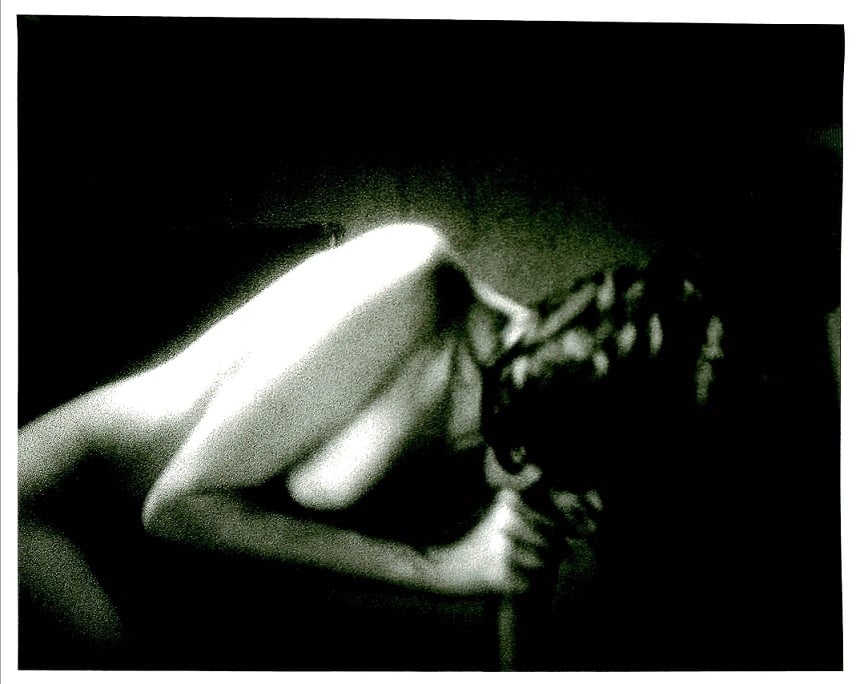
Fig.2.
Disorder, Violence and Indignity
However, more than simply walking around these places, d’Agata registers the human being at the limit of their precariousness (Fig. 3, 4 and 37), where drugs, sex and violence affirm transgression by means of the encounter of one body with another, in a way that the forms recorded by the camera oscillate between the human and the monstrous, the figurative and the abstract, which, according to Georges Bataille, “makes tolerable a need for disorder, violence and indignity that is the root of love”.
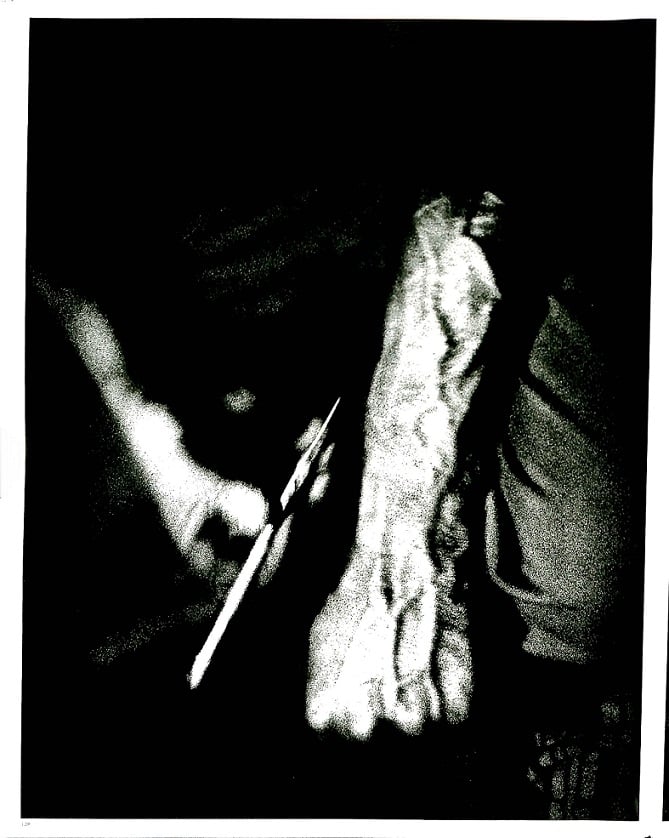
Fig.3.
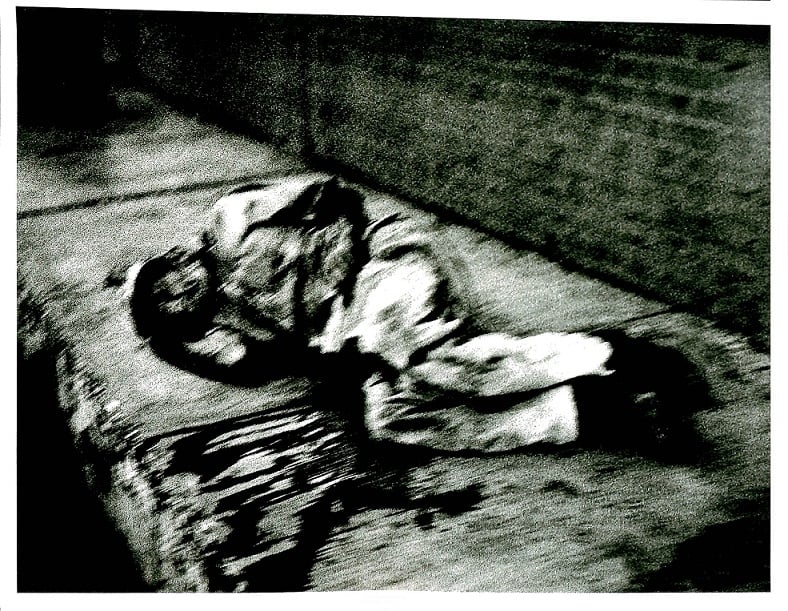
Fig.4.
Human Rags
Perhaps, for this reason, the sexual act in d’Agata’s images points to the anguish and the grotesque, since the photographer, by blurring the images, chooses to deform the bodies, making them unrecognizable, incomplete, as if they were human rags (Fig. 00, 01, 02, 05 to 19). As the photographer says in an interview: “But little by little this blur opened up a new outlook, new ways of looking at different levels of reality to feel in a different way this physicality of the world, this physicality of bodies”.
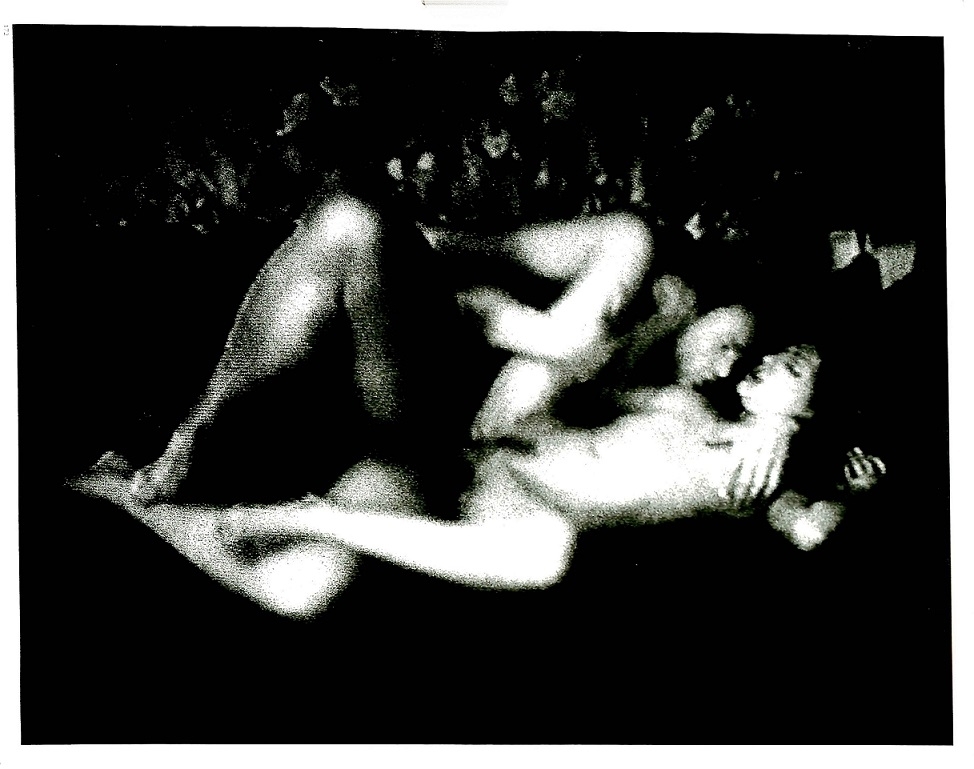
Fig.5.
Francis Bacon
It is not by chance, therefore, that part of the work of Antoine d’Agata has been compared with that of the painter Francis Bacon (Fig. 48 to 50), since, in both, either the blur or the out-of-focus is configured in what Gilles Deleuze named a diagram, when analyzing the work of the Irish painter: “traits of confused sensations, operational sets of lines and zones, of signifying and non-representative traces and stains”. Thus, when looking at an Antoine d’Agata’s photograph, what prevails in the sexual act is the flesh of the bodies merging into one another, since there are no longer any boundaries separating them (Fig 39 to 44).
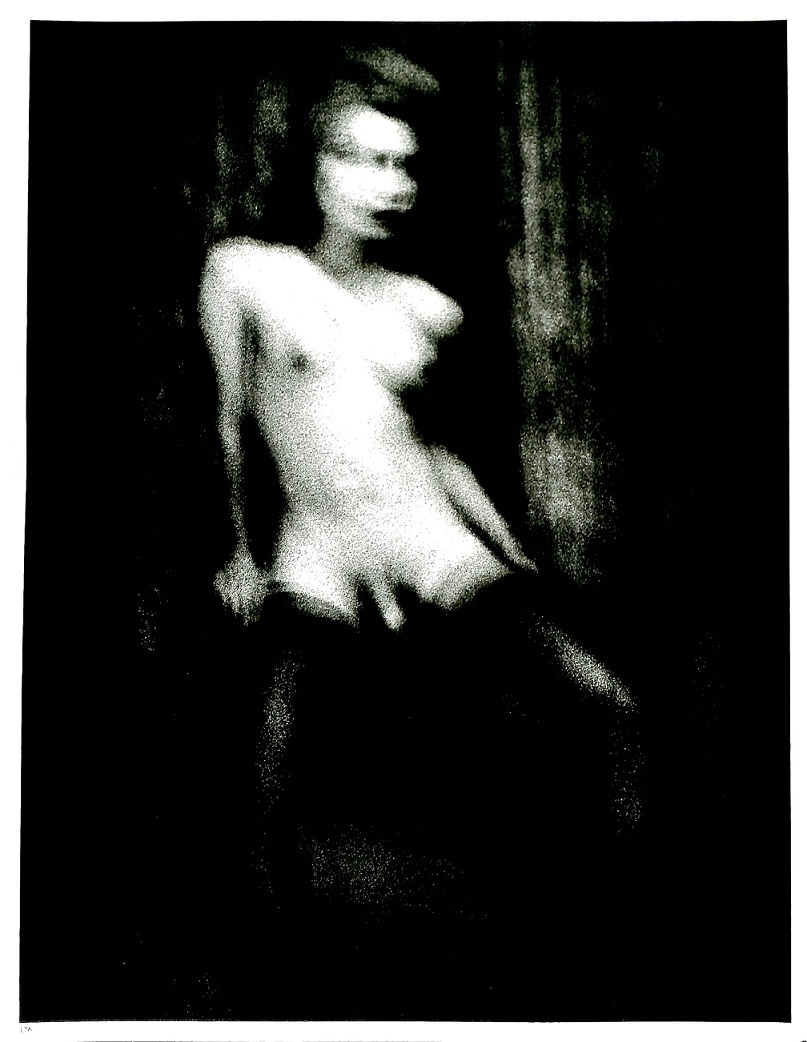
Fig.6.
Pain and Orgasm
The blur and the out-of-focus thus allow the scenery and the bodies to integrate a single plane, so that everything becomes a surface, with which the depth of the bodies blends. Pain and orgasm, in this sense, are confused for one another, since, when they become visible through the tracks of bodies that overflow the limits of the flesh, they become the spectacle in which life and death decompose and recompose incessantly, through expenditure, the impossibility of these beings never complete.
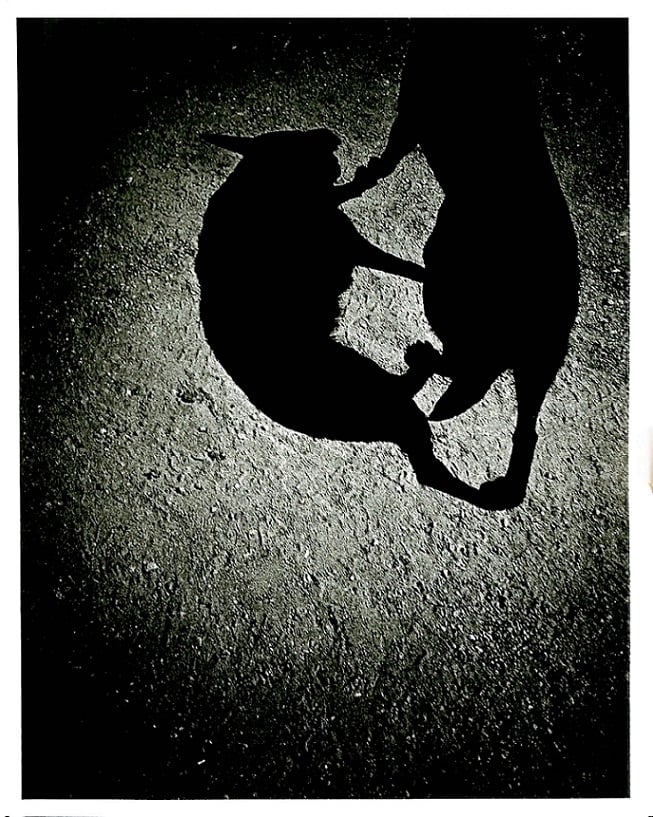
Fig.7.
Zones of Indiscernibility
Thus, bodies offer themselves as a kind of disruption of the visible, which leads us to question, according to Bataille, “what does the truth mean, outside the representation of excess, if we do not see what exceeds the possibility of seeing, what is intolerable to see, just as, in ecstasy, it is intolerable to enjoy? What does truth mean if we don’t think what exceeds the possibility of thinking?” By breaking with the limits that condition human beings, Antoine d’Agata intersects the interiority of bodies and things with the external spaces they inhabit, in order to create zones of indiscernibility, in which the flesh exceeds reason and idealism, at the moment it offers itself twisted in pleasure and pain, in life and death, affirming its existence in decay and destruction (Fig.21 to 31).
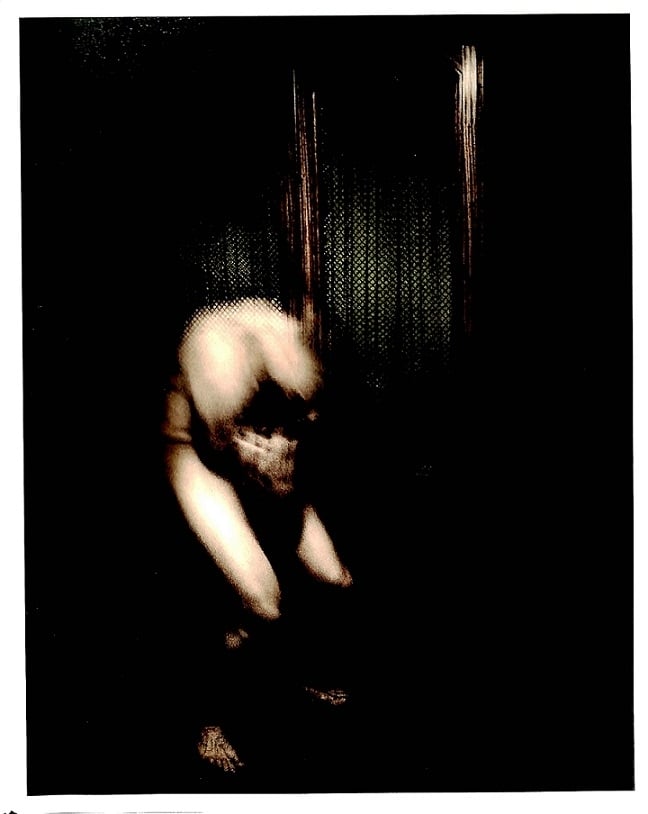
Fig.8.
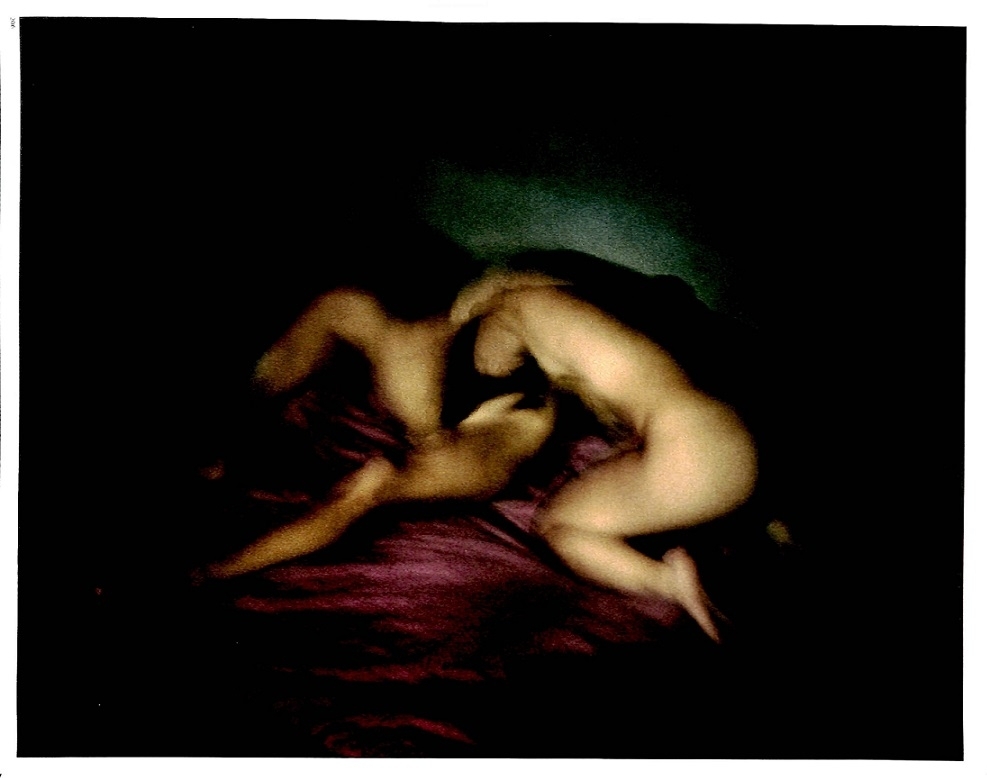
Fig.9.
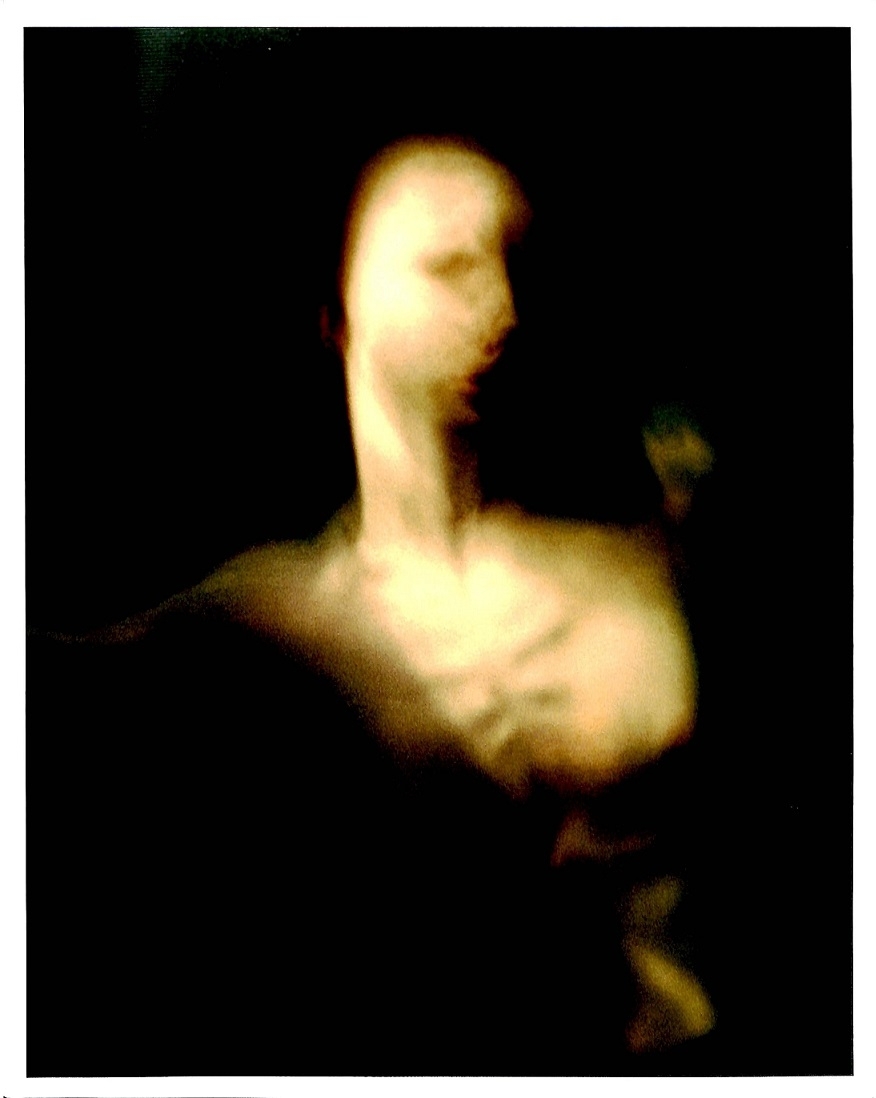
Fig.10.
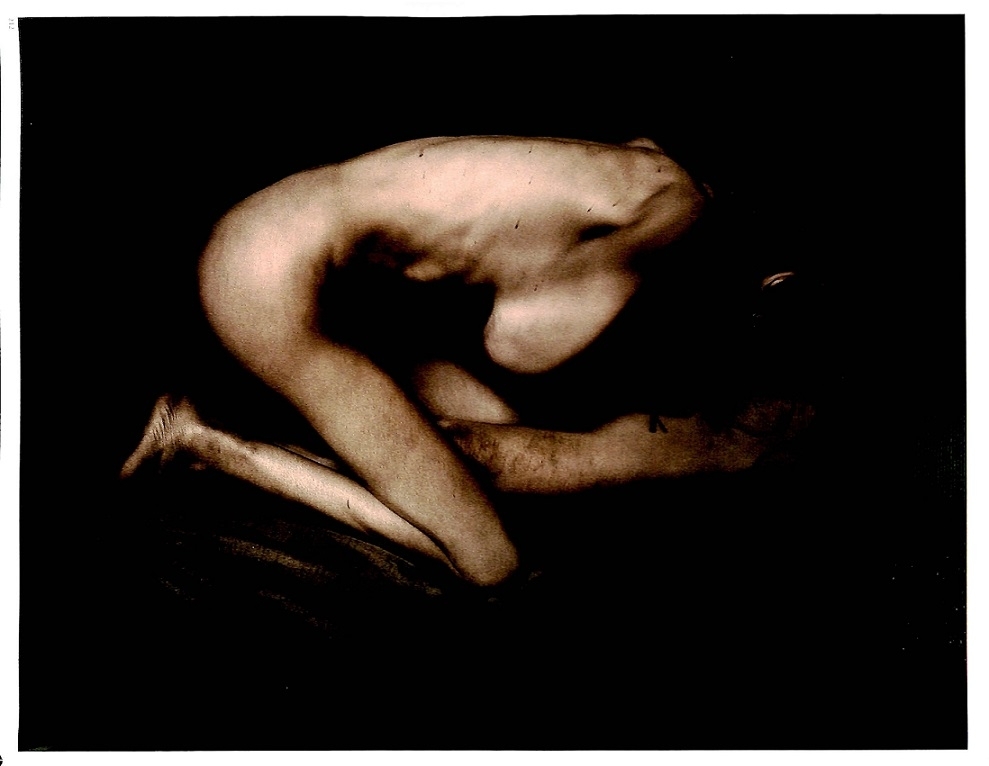
Fig.11.
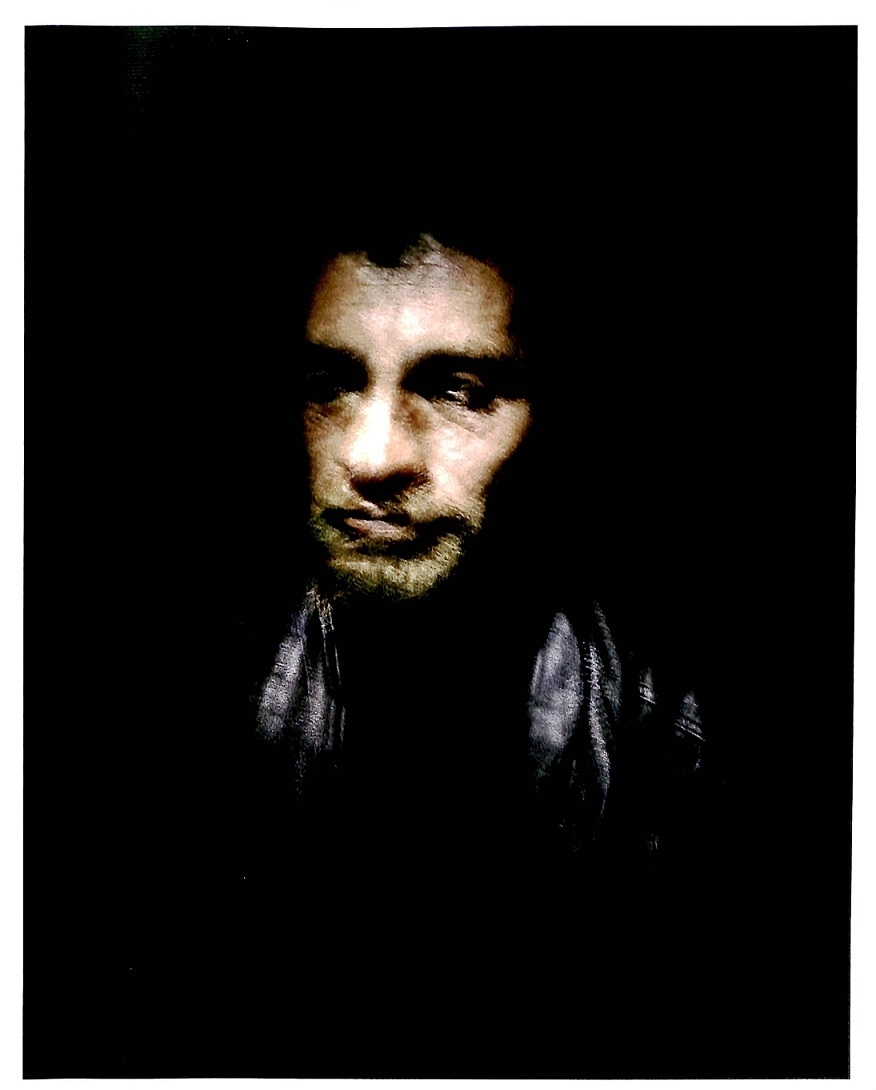
Fig.12.
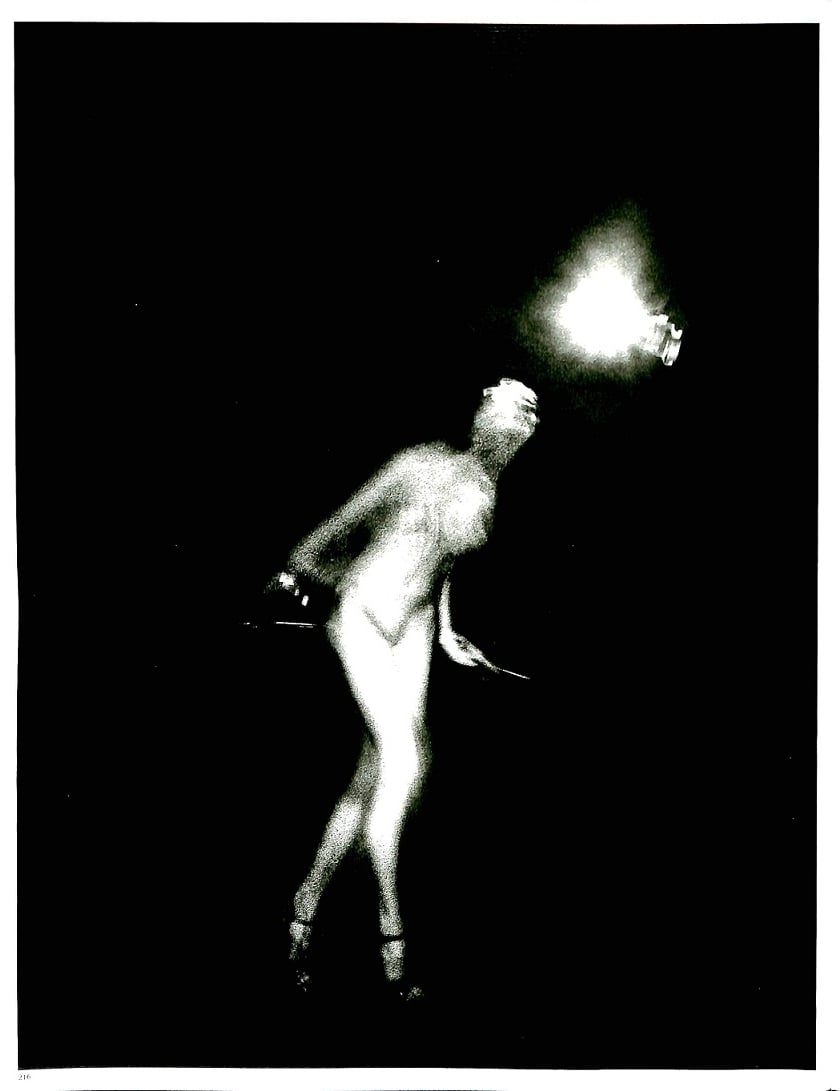
Fig.13.
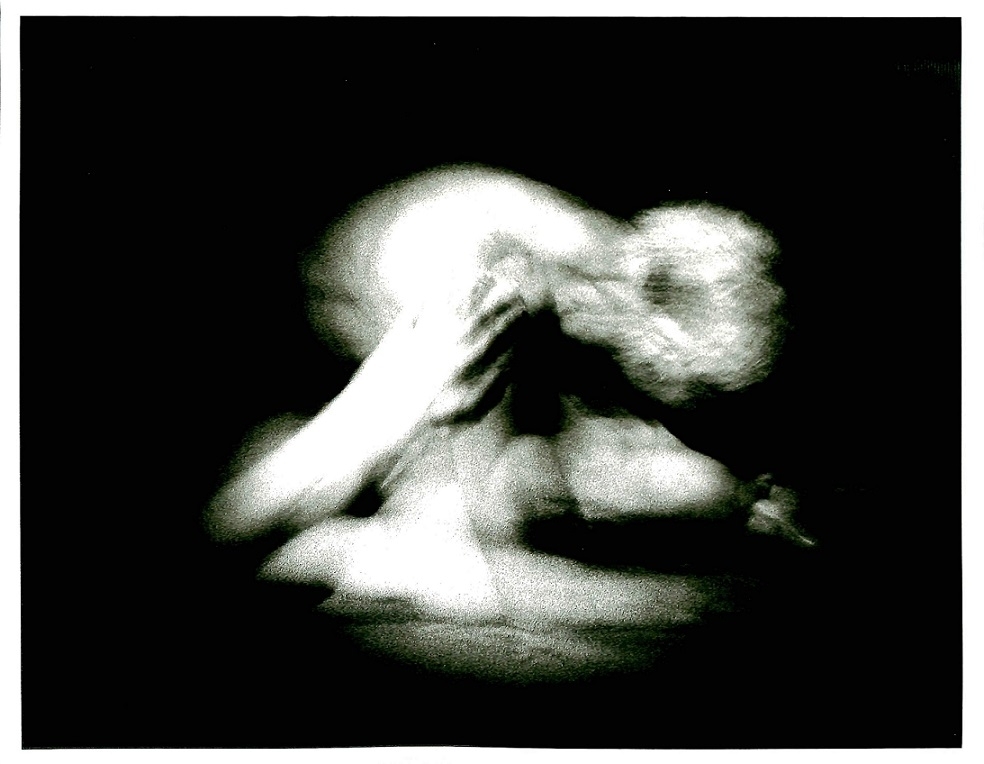
Fig.14.
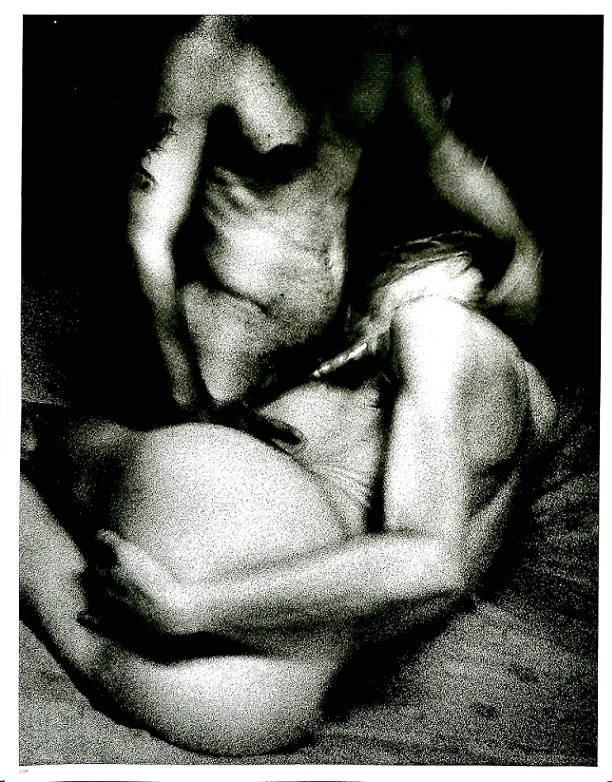
Fig.15.
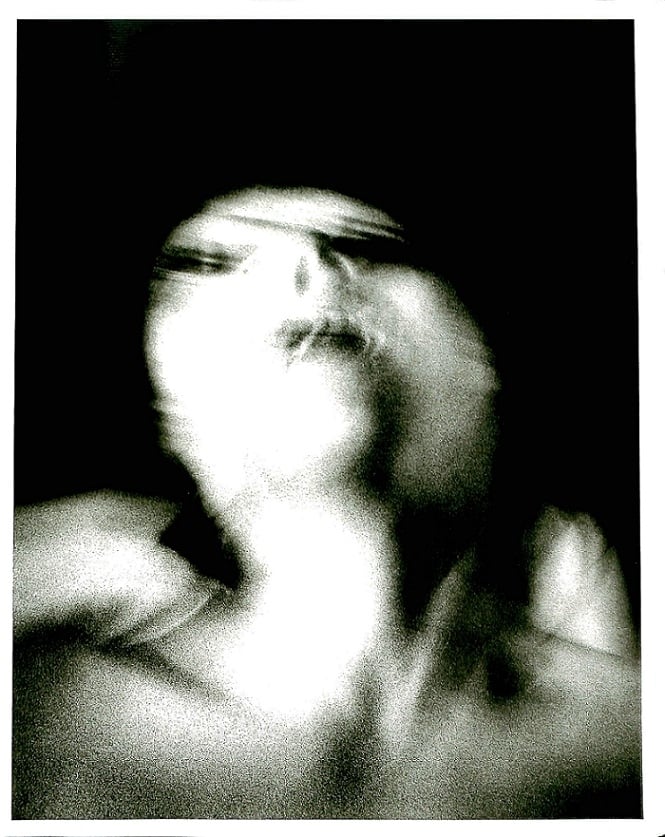
Fig.16.
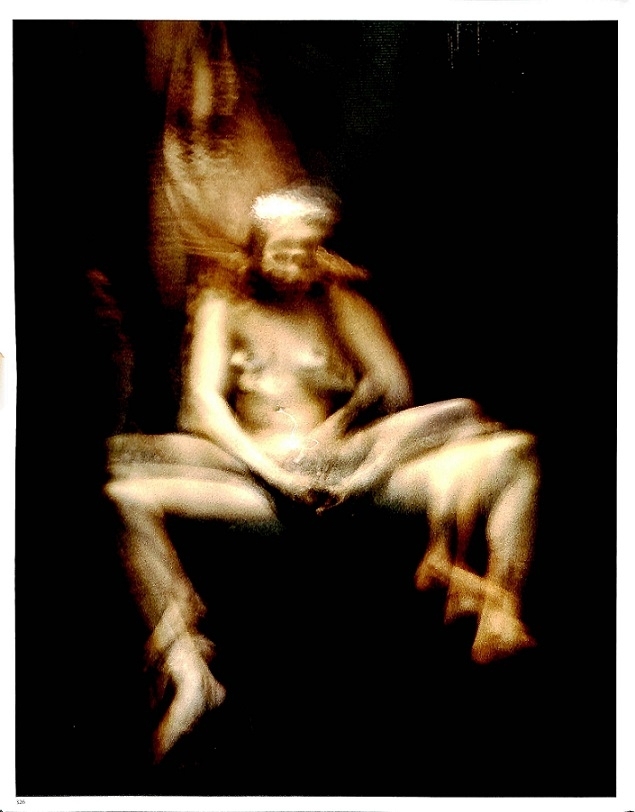
Fig.17.

Fig.18.
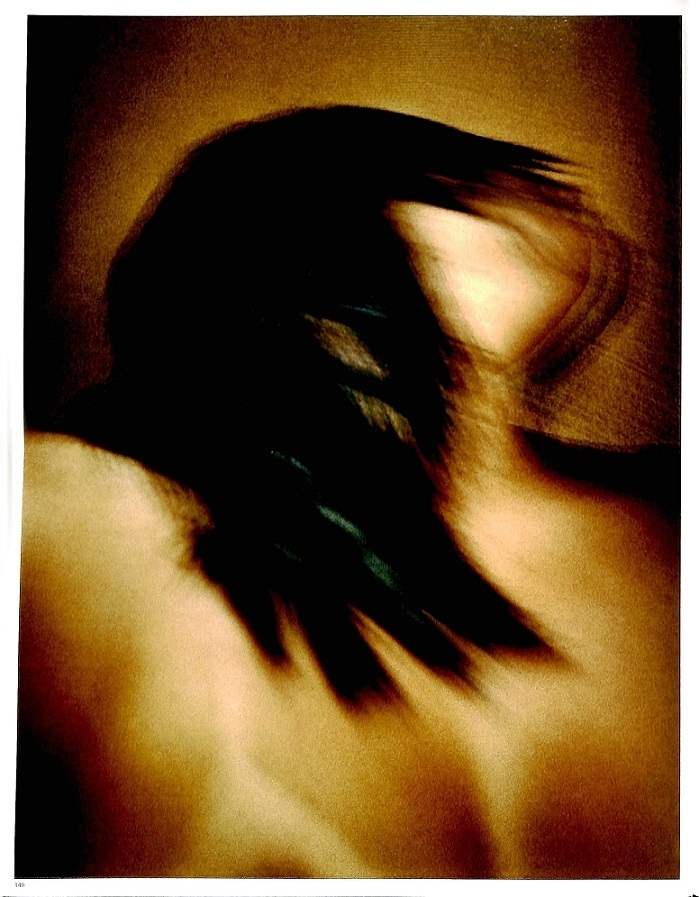
Fig.19.
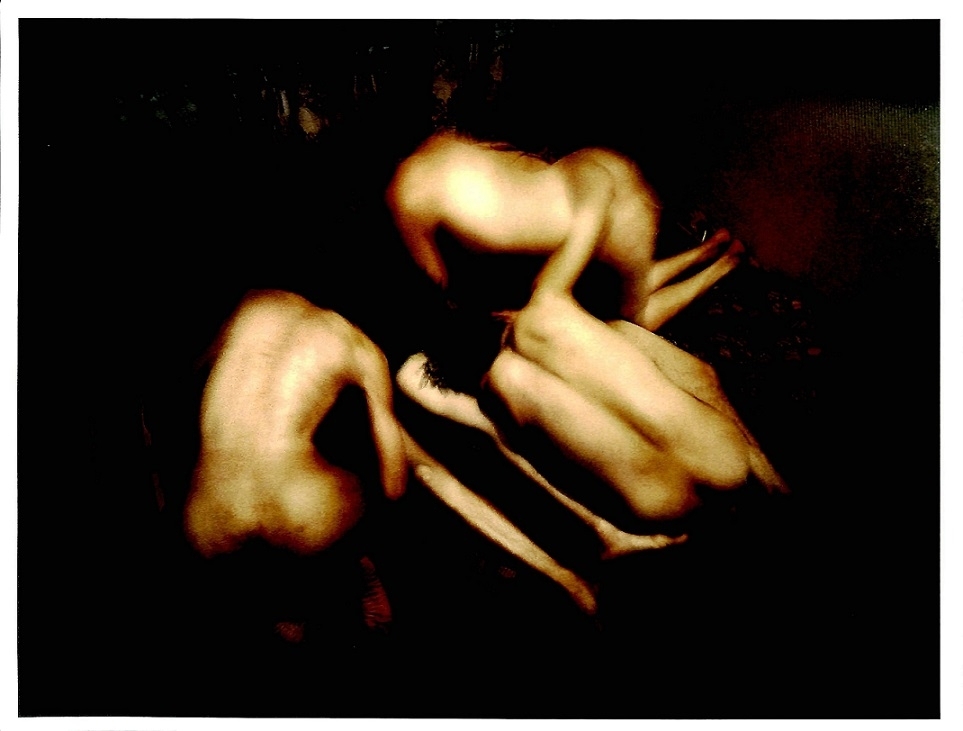
Fig.20.
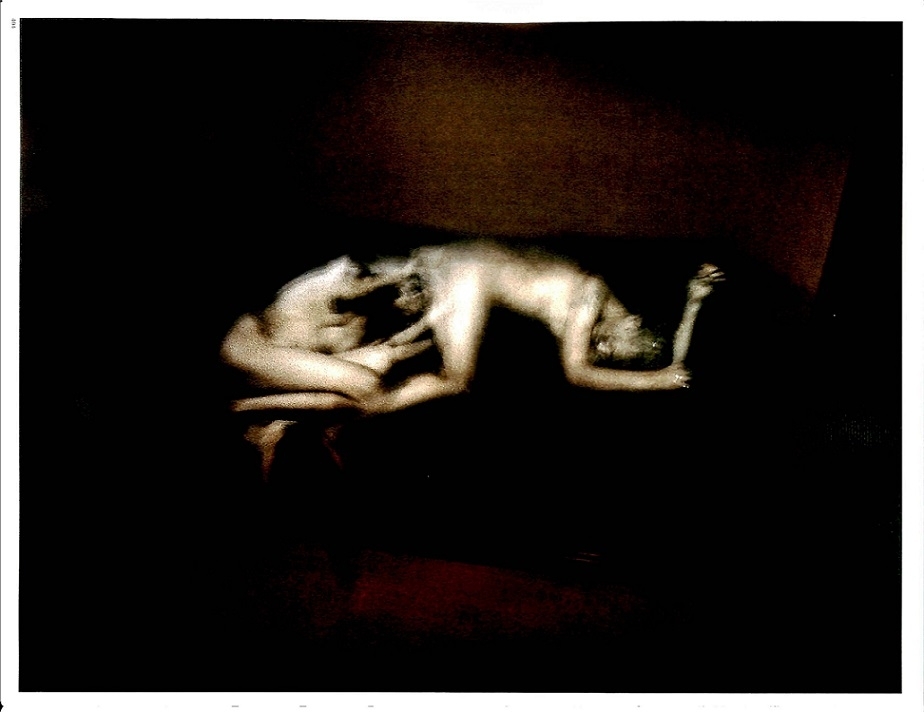
Fig.21.
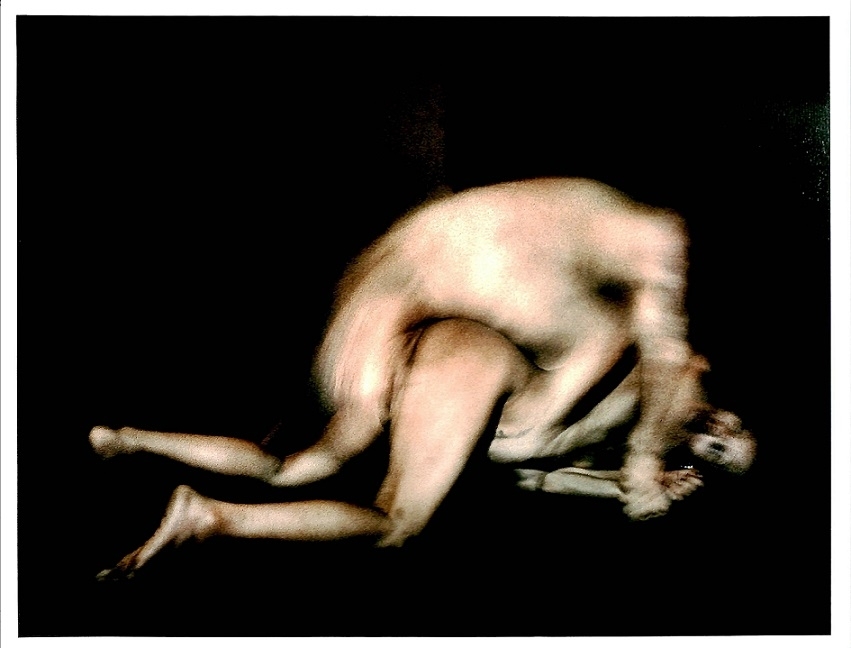
Fig.22.
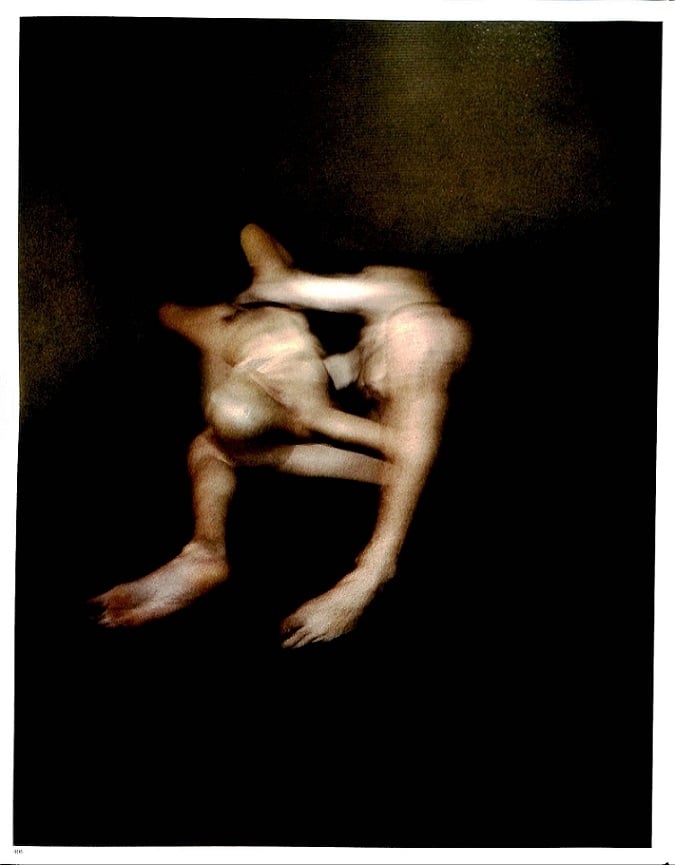
Fig.23.
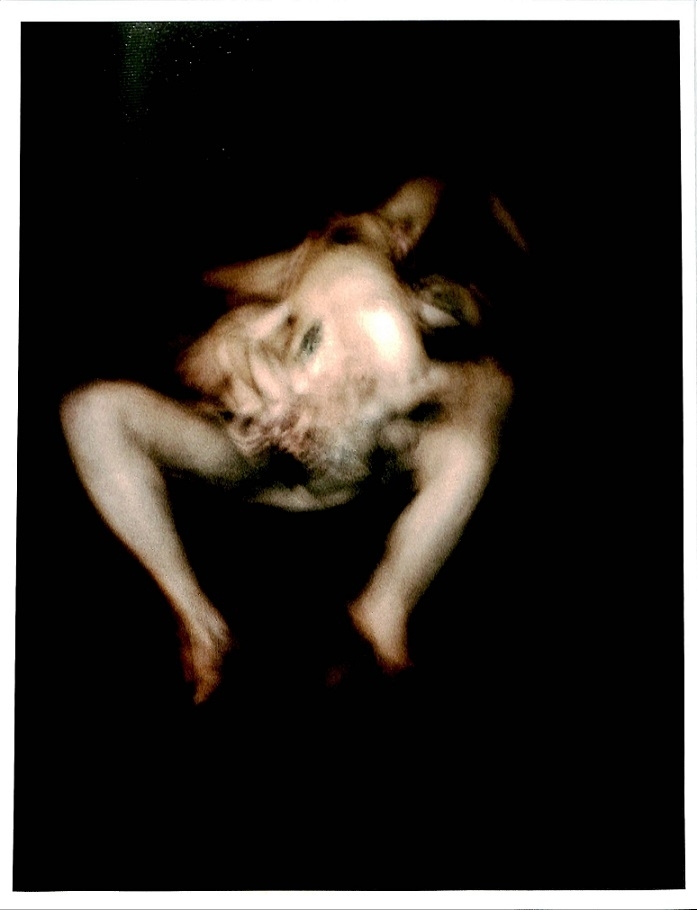
Fig.24.
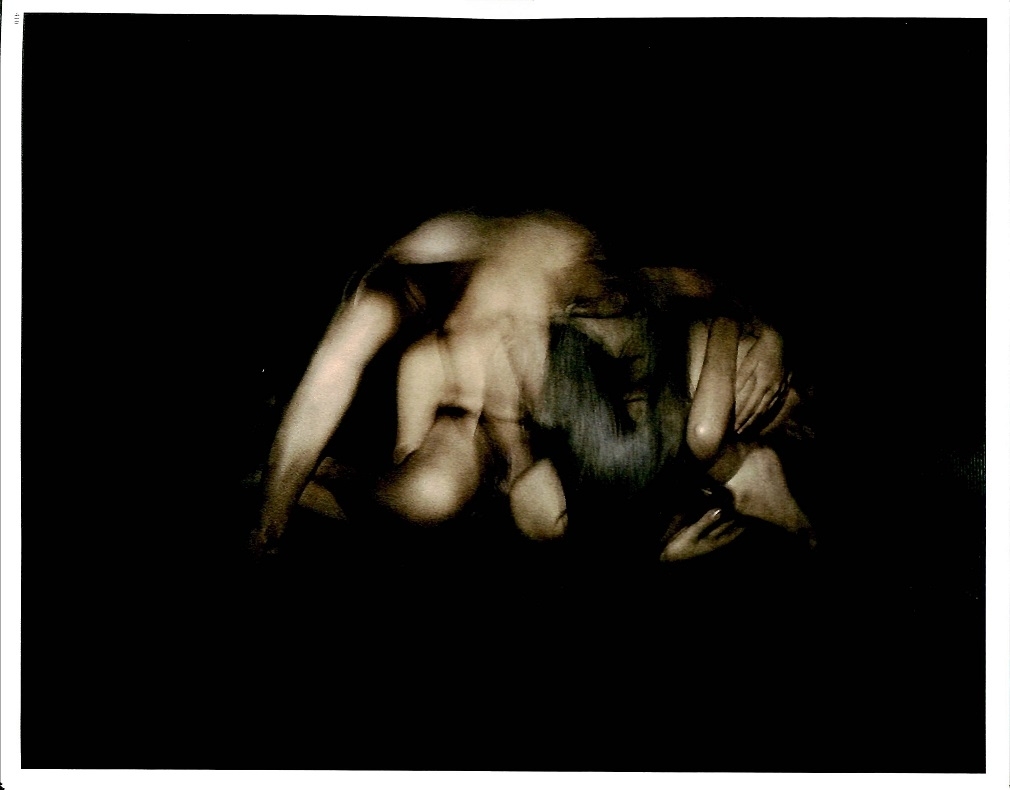
Fig.25.

Fig.26.
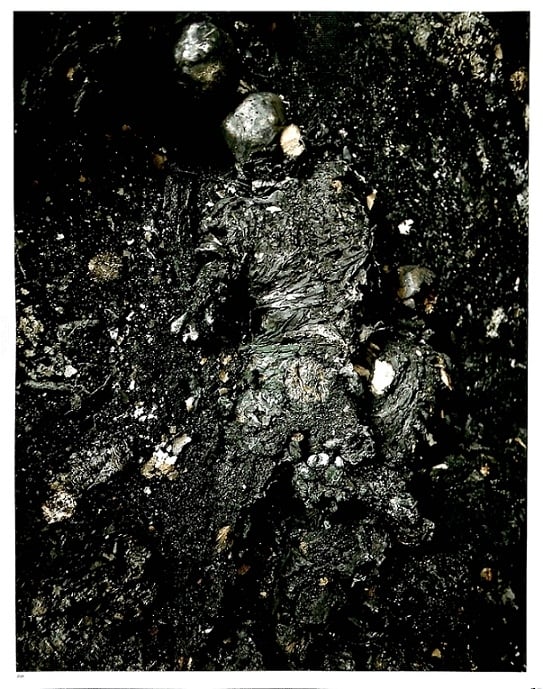
Fig.27.
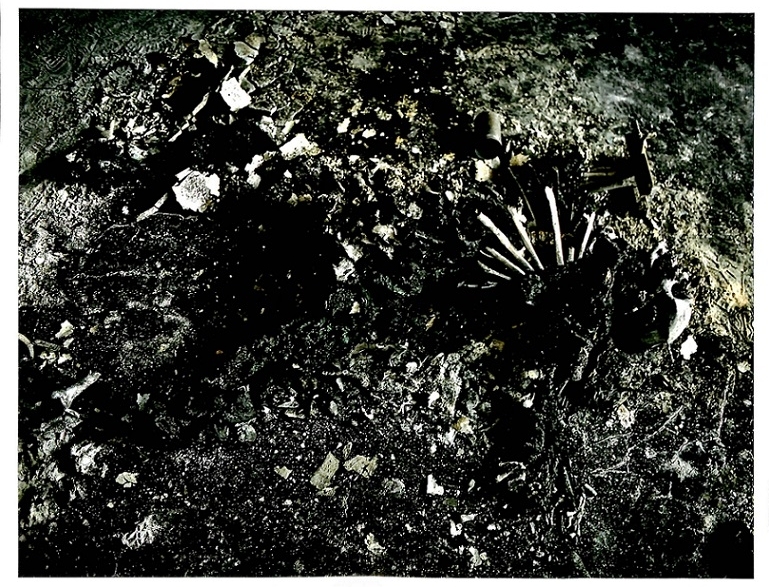
Fig.28.

Fig.29.
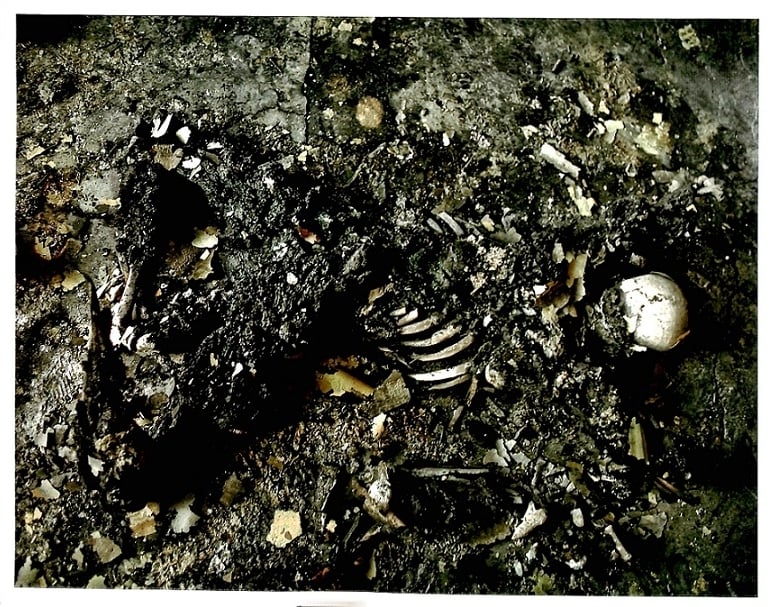
Fig.30.
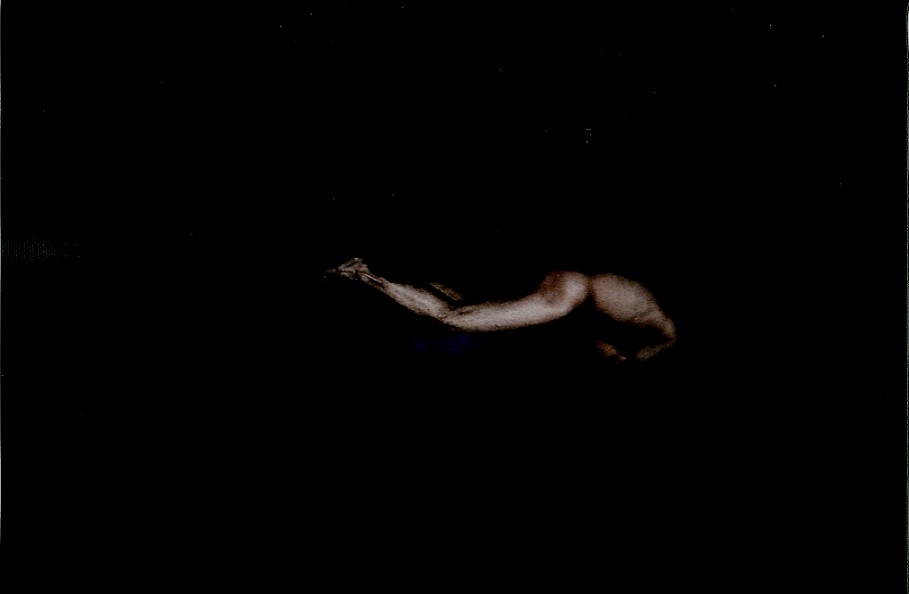
Fig.31.
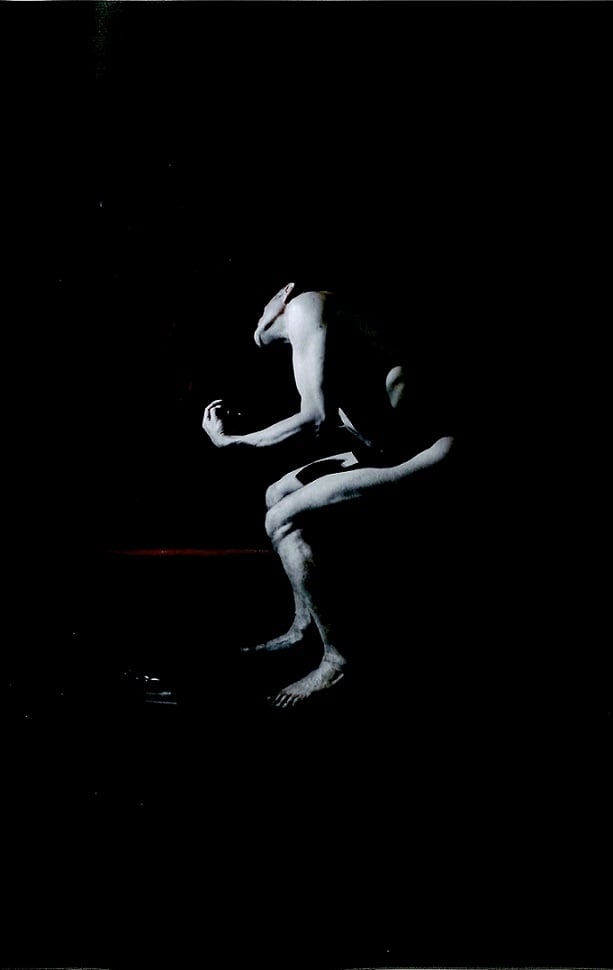
Fig.32.
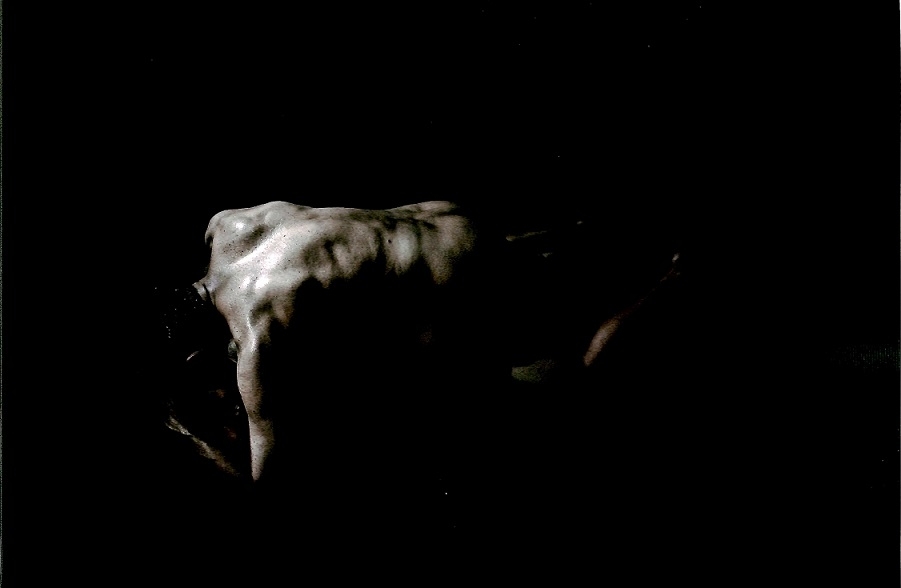
Fig.33.
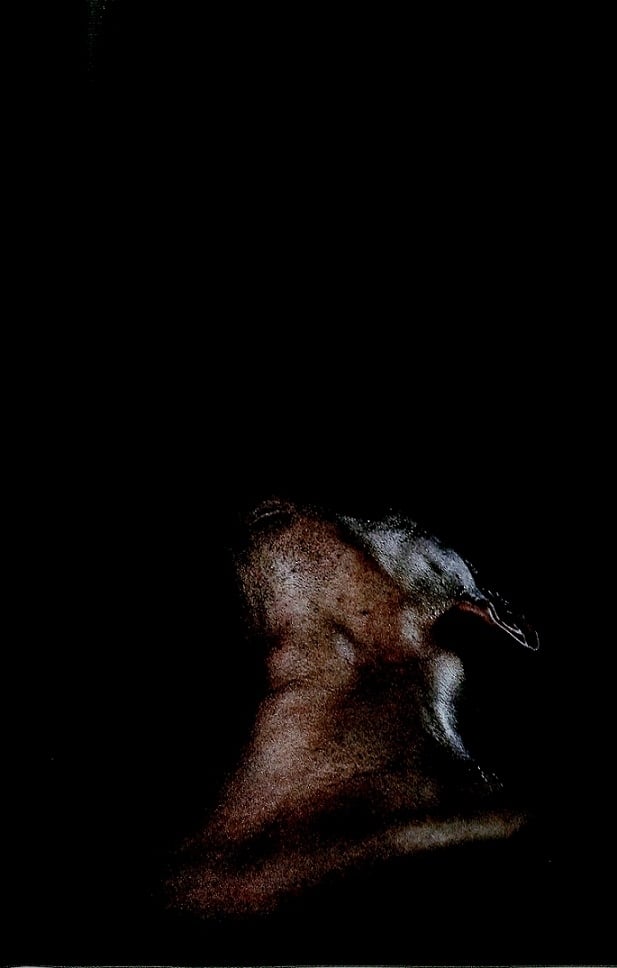
Fig.34.
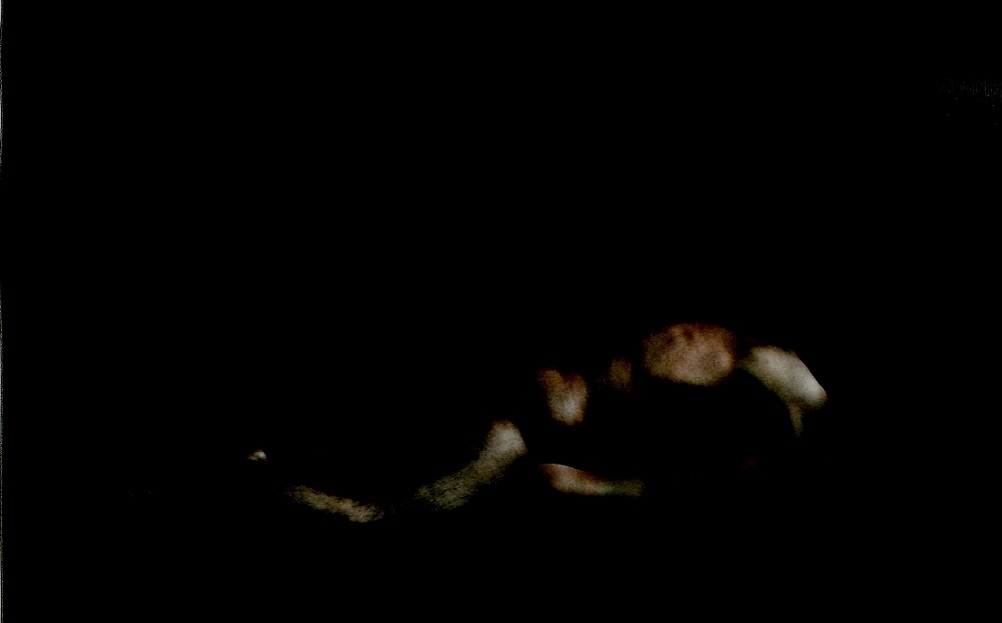
Fig.35.
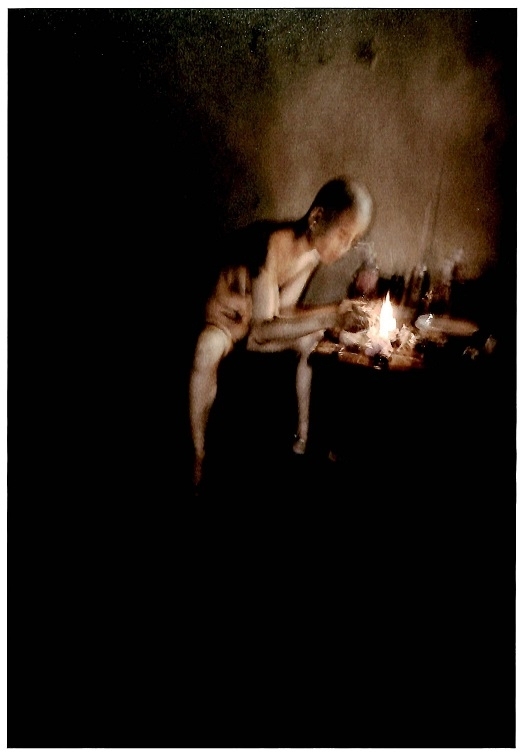
Fig.36.
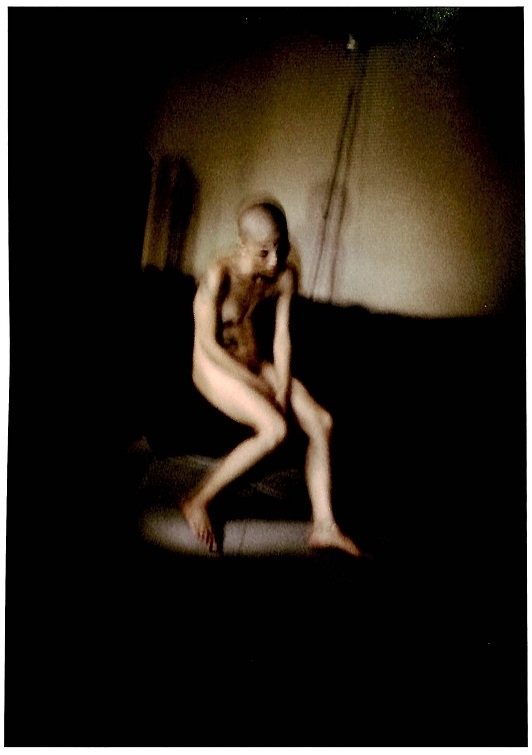
Fig.37.
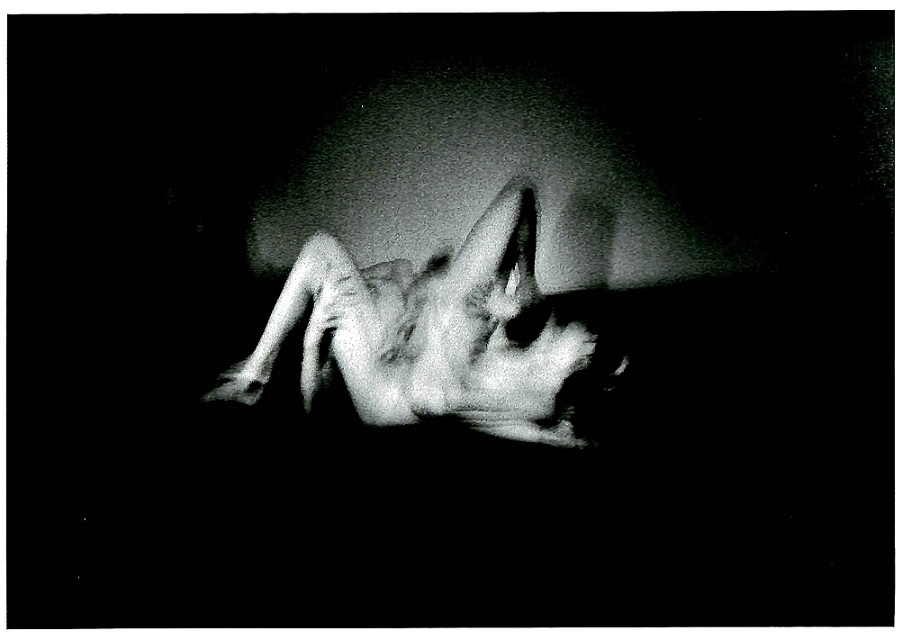
Fig.38.

Fig.39.
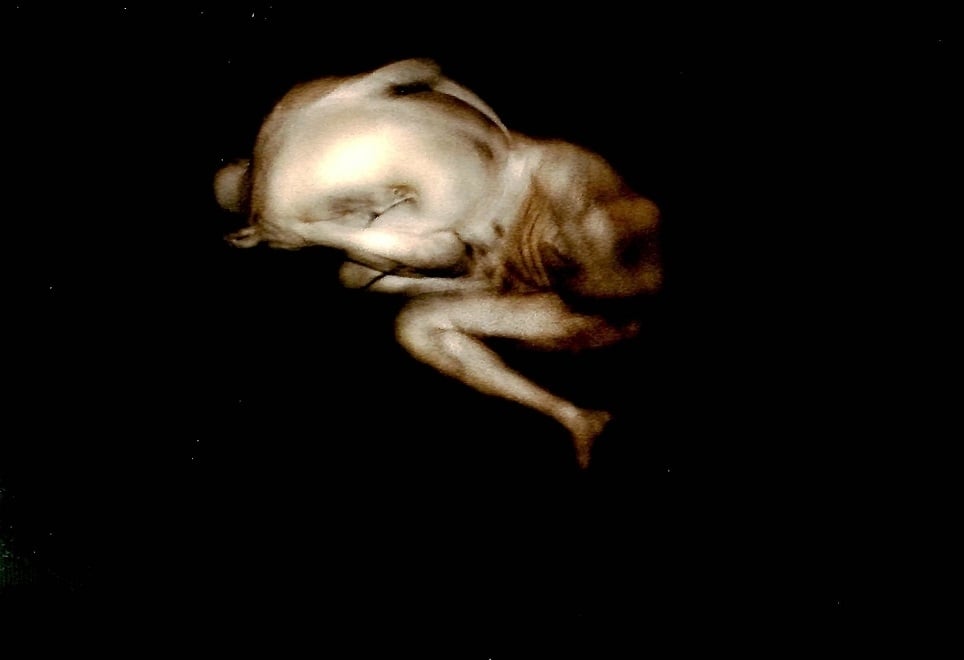
Fig.40.

Fig.41.
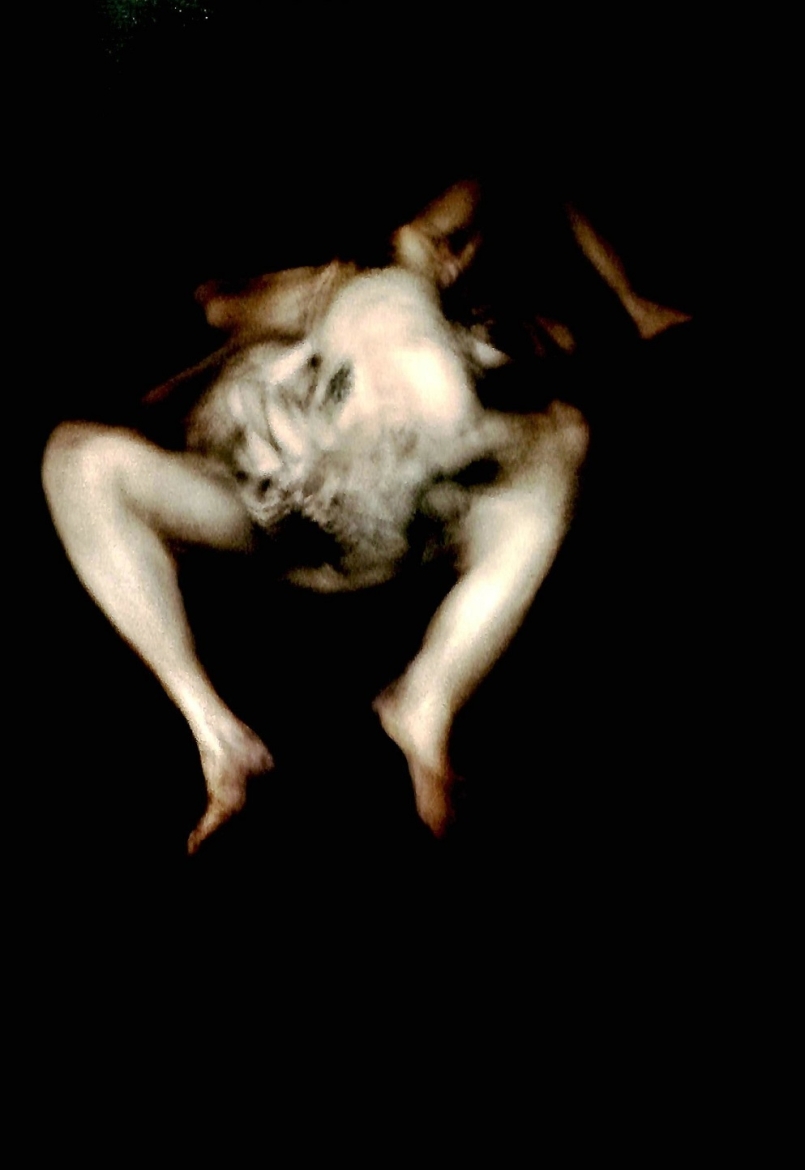
Fig.42.
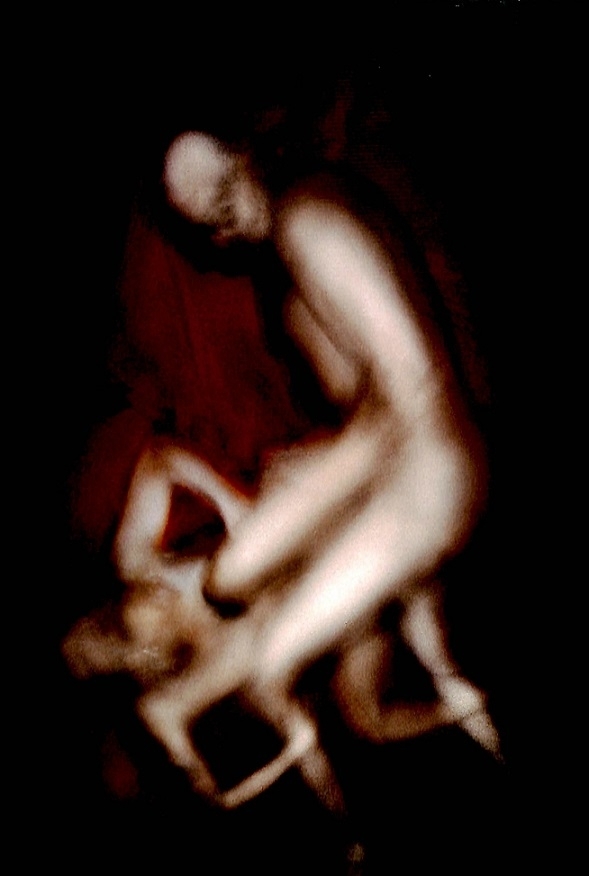
Fig.43.
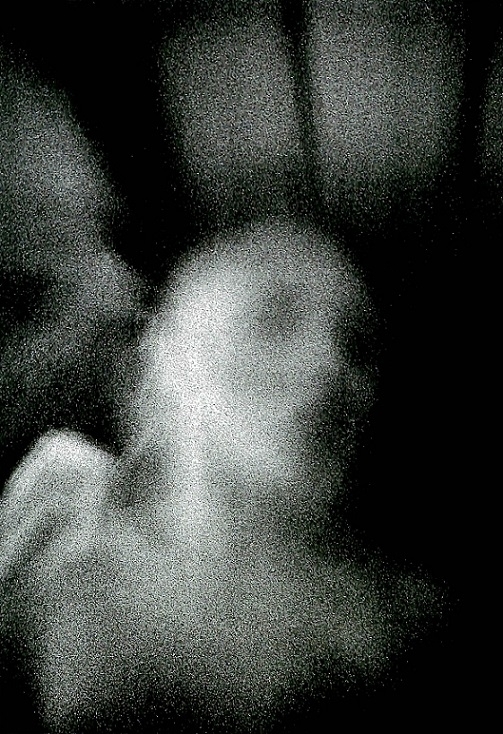
Fig.44.
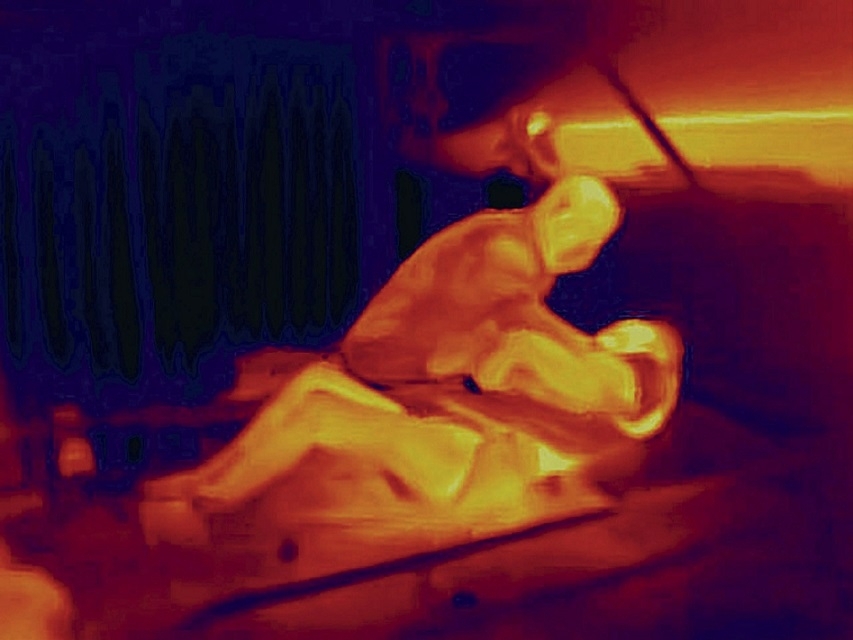
Fig.45.
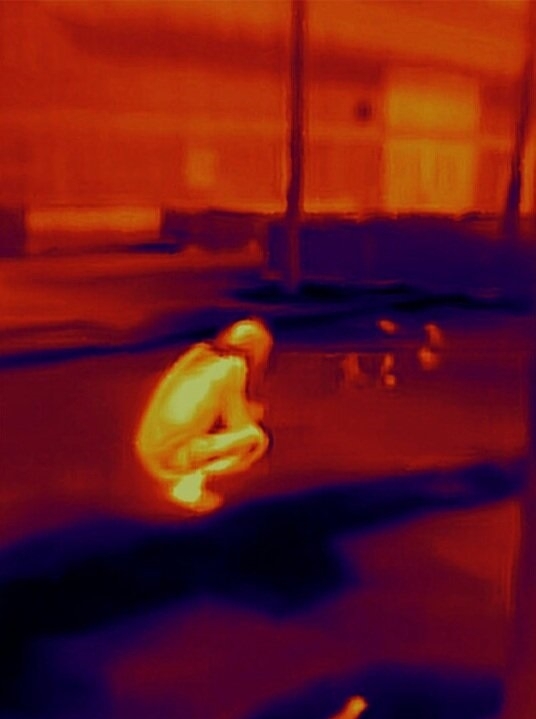
Fig.46.
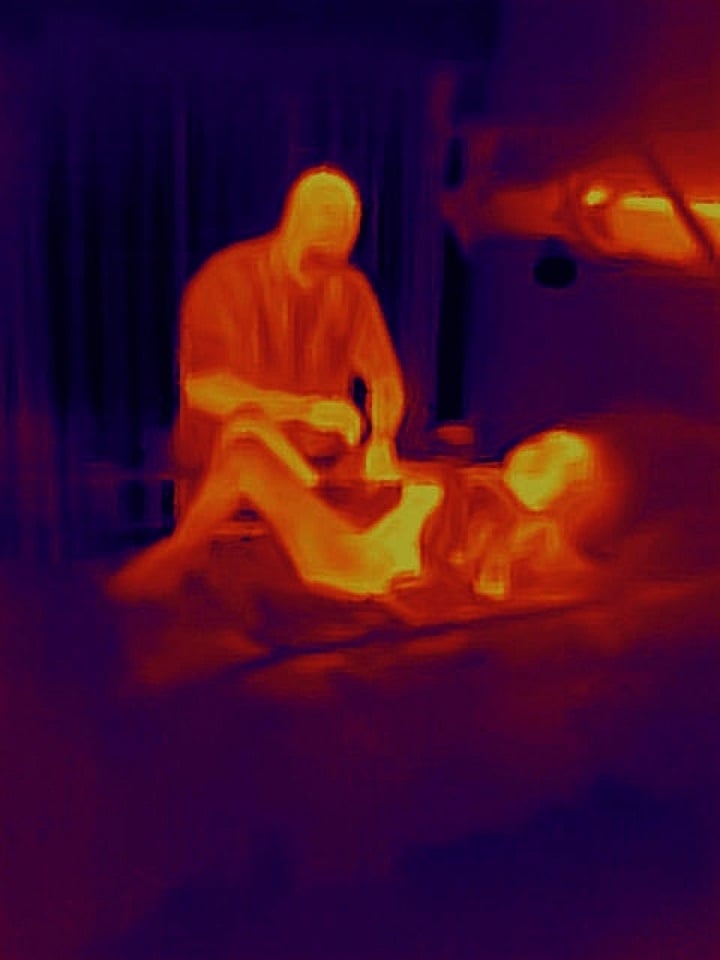
Fig.47.
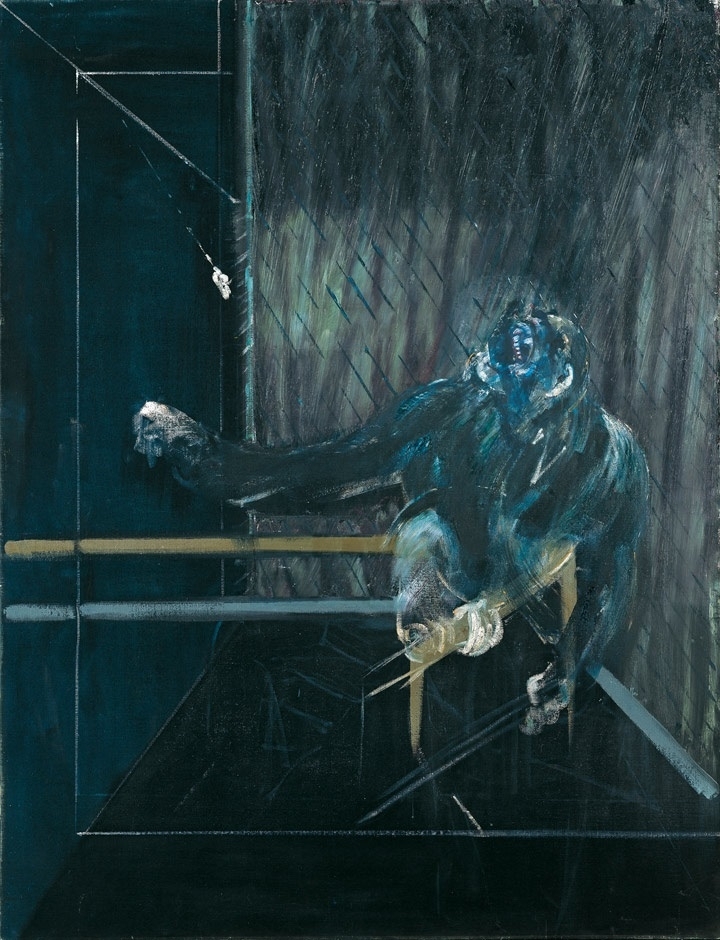
Fig.48.
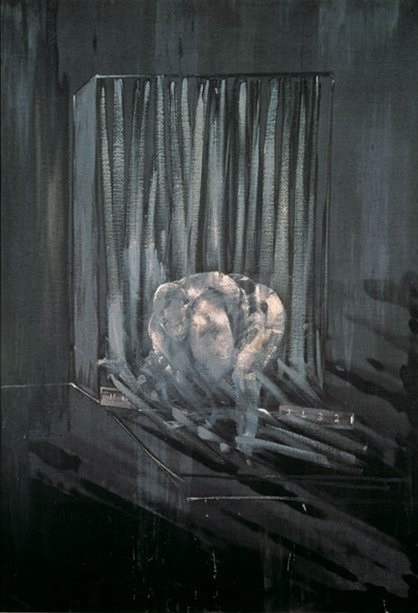
Fig.49.
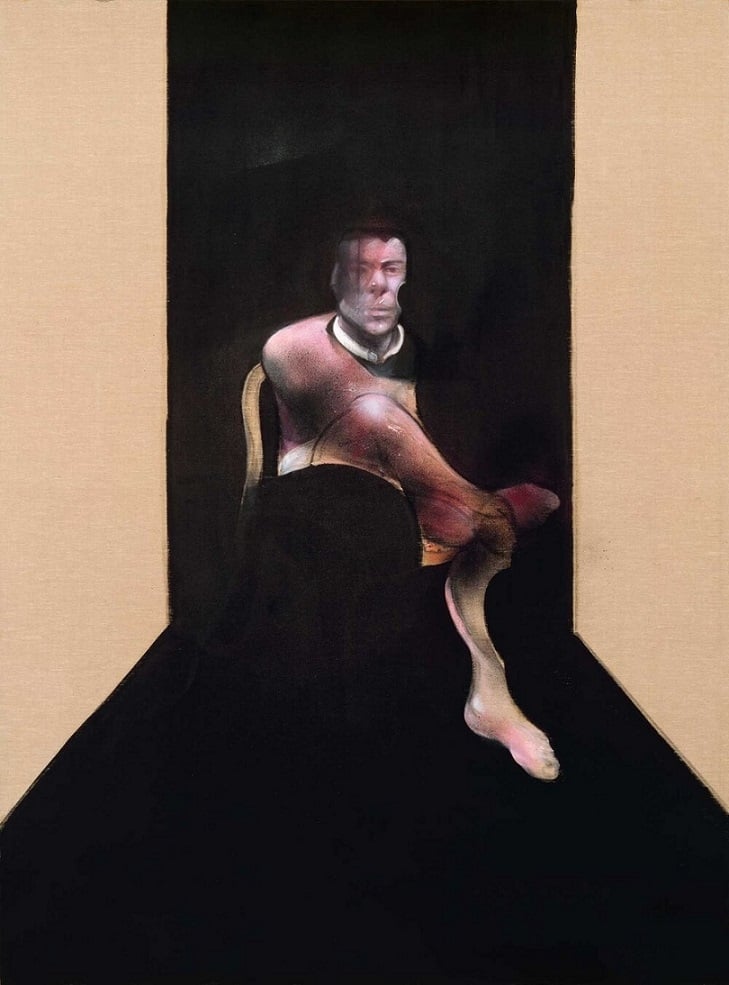
Fig.50.
Click HERE for the eroticism and fetishism in the photographs of Japanese artist Daidō Moriyama….!!
Let us know your thoughts on D’Agata’s photographs in the comment box below….!!
